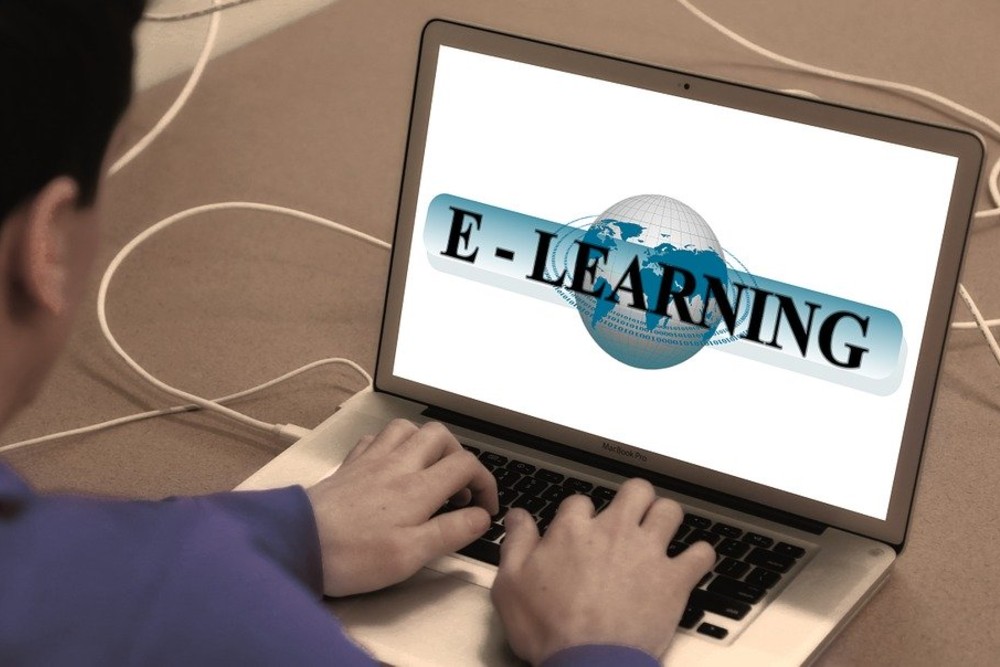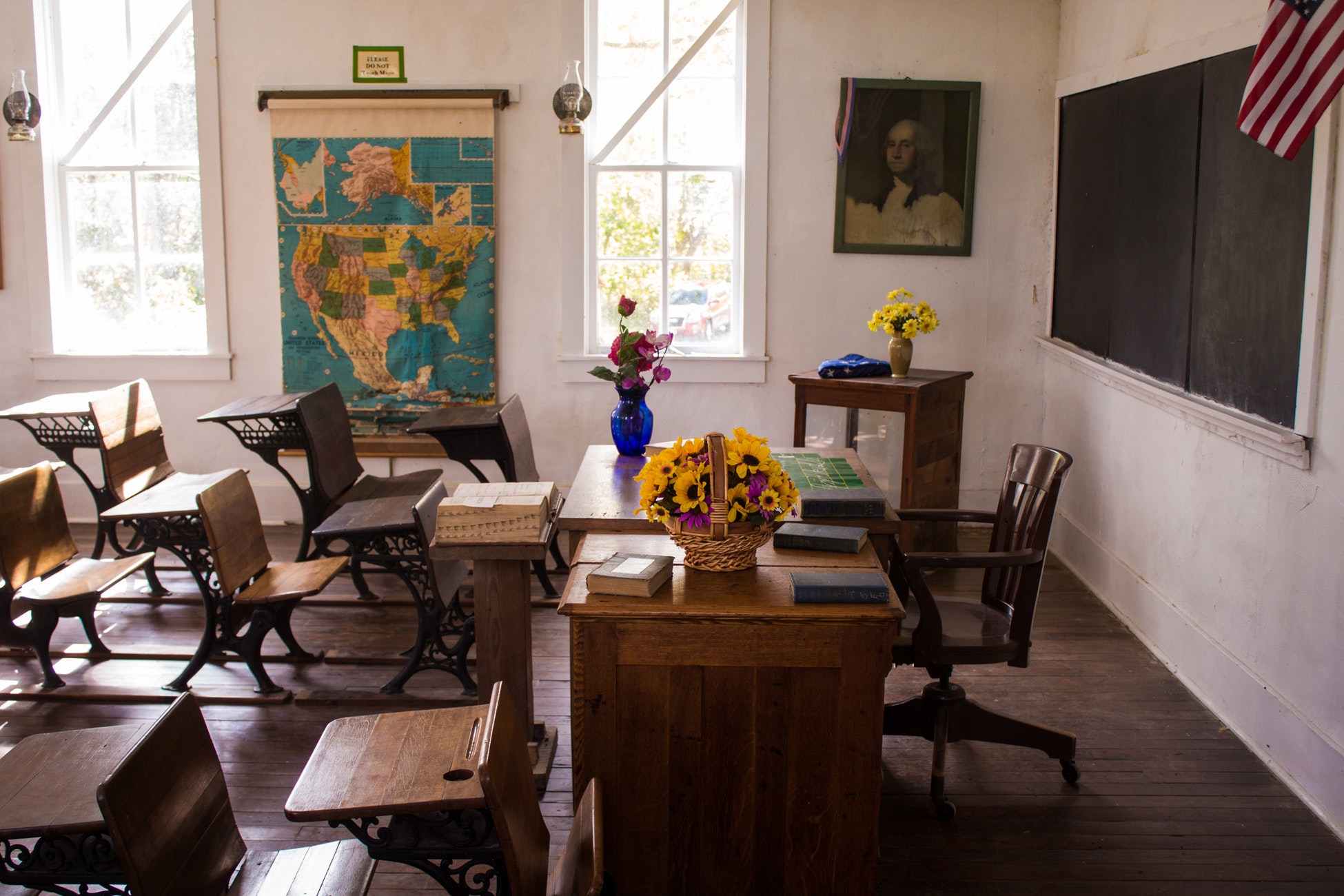Lockdown is exposing disadvantaged students with no access to the internet, who are likely to be left behind by their peers. School districts in the US are now grappling on ways they can assist these students continue with their education during the lockdown.
Coronavirus pandemic is laying bare the wealth gap in the US school districts. The swift closure of school has prompted schools to look for solutions they can implement during this uncertain period. The most logical solution for most schools has been moving classes online.
Access to the internet solution in Charleston country school district
However, the big deterrent of this plan has been a lack of access to the internet for disadvantaged students in the US. This has been, especially true inSouth Carolina’s Charleston school district which has found it hard to implement the policy equally. The school district noted that some students had no access to computers and the internet at home and this put them in a disadvantaged position.
Thomas Nawrocki, executive director of information technology at 50,000-student Charleston County School District noted that before the virus, they had not thought of implementing schools online learning. The school district now has to deal with over 4,000 students in the district who indicated they had no way of accessing the internet should classes move online.
Nawrocki and his team have started implementing solutions to help students in lockdown to access the internet by installing Wi-fi in the schools. They said students who live in proximity to the school and had no access to the internet can be able to access the internet on the school’s parking lot through the Wi-Fi. He also highlighted that the school buses will be moving to poor neighborhoods with installed Wi-Fi, where the students can access the internet easily.
In total, Nawrocki said they were now able to provide internet at 30 different sites for the disadvantaged students. This quick move has been necessary for the school district which was not anticipating closures that could last months.
Wealth gap disparities along racial lines
The wealth gap and racial demographics in Charleston are a microcosm of the US, where the majority of the neighborhoods with no access to the internet were minorities. However, the quick response by Charlestone school district has balanced these wealth disparities. This is not the case for other regions in the country that are grappling with the same problem of lack of access to the internet.
Data from the Department of Education indicated that 14% of children ages 3-18 – about 9.4 million in total are in homes with no internet access. These students will need some form of intervention should the school lockdown remain for months. Failure to help these students will mean that, while the rest of the country’s schools are moving forward with their education, these students will not be studying and will lag behind.
Wealth disparities along the racial lines, according to data provided by USAFacts, show that 37 percent of Alaskan and American Indian students do not access to the internet as compared to only 12 percent of White students. For Blacks/ African Americans, the data stated that 19 percent do not have access while only 17 percent of Hispanic students had no access to the internet.
Featured image by Pixabay







